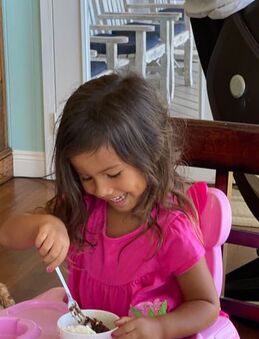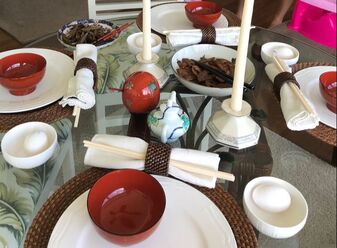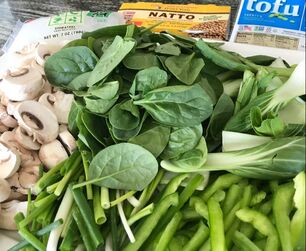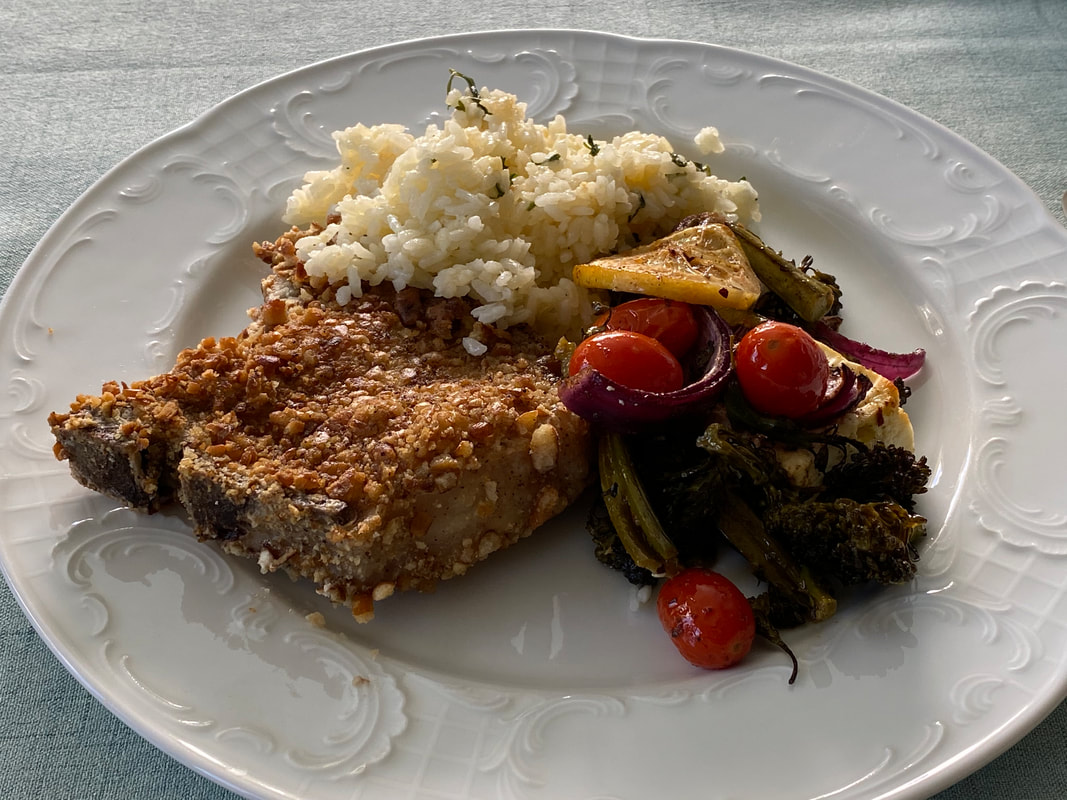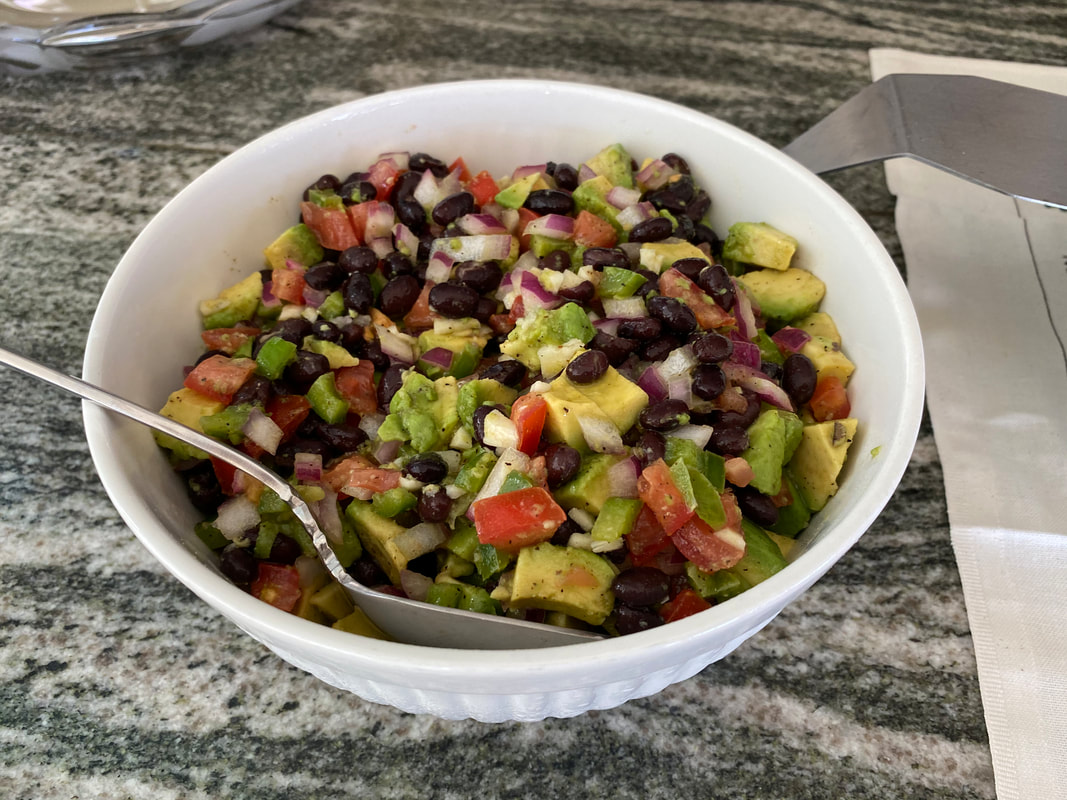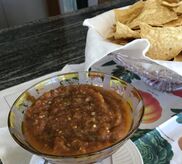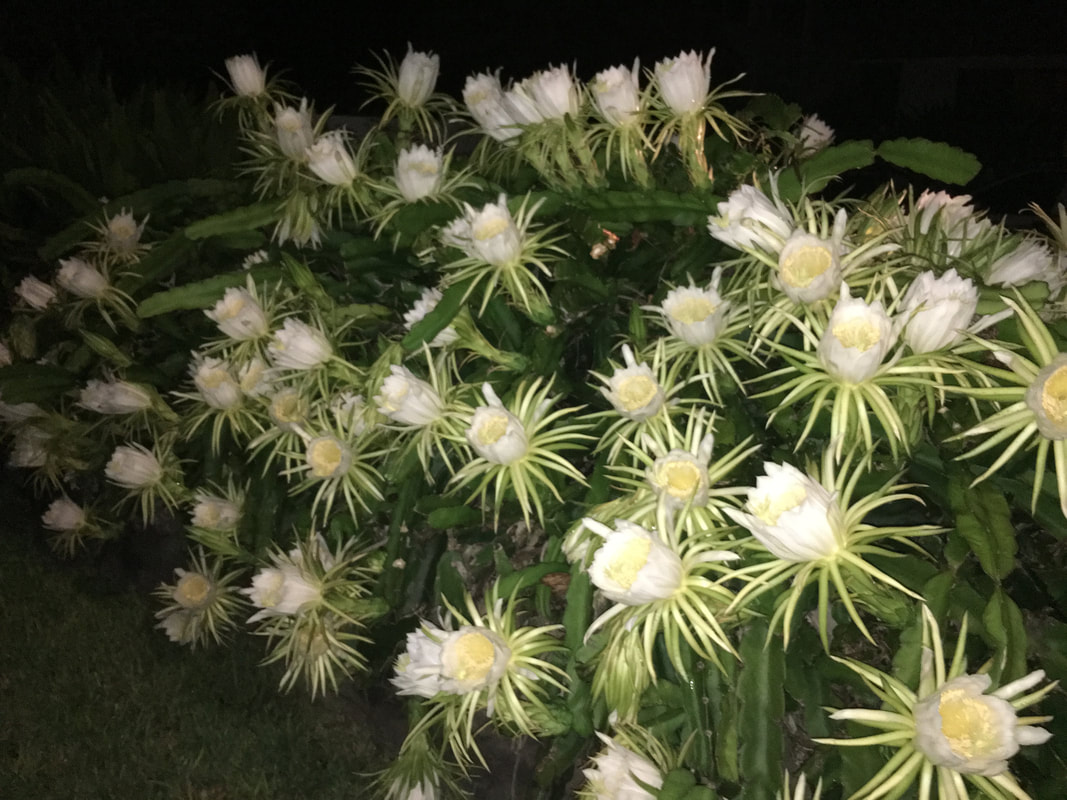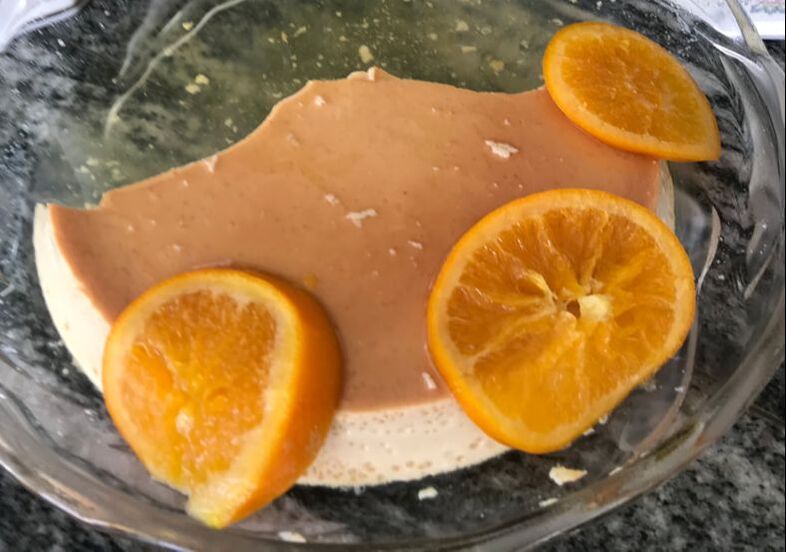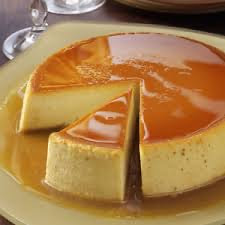|
Pointing
Autumn approaches With a gauzy gray sky And air cool and tangible, Like a room filled with beings. We step forward After months of indirection Into this spacious place. A hummingbird startles us with her bold guidance: Suddenly the timid take to the path, Acorns rattle over roofs, Squirrels dart straight up the oaks, And invisible fingers tap our shoulders, Pointing us, pointing the way. |
Those of us who are still social distancing have probably already established a “bubble” of family members or friends with whom we can safely interact. While the symphony, the opera, big crowded sporting events and large parties at restaurants are not yet possible for most of us, our “bubble” is the focal point of all our social interactions.
It is as though because of the ravages of this pandemic we have reverted back a hundred years to emulate the social lives that our grandparents lived among their own relatives and a few special friends. This was not a bad way of life. Family commitments were absolute, and friendships lasted for a lifetime. It also seems that people in earlier generations did not crave the volume of organized commercial entertainment that was available in our culture until just a few months ago. Maybe we should remind ourselves that the lifestyle that we lost this year had only been in existence for one or two generations. I wrote the haiku below two years ago (see my February 2018 blog,) on a visit to Nova Scotia, where people still create their own entertainment rather than relying on Disneyland or expensive professional sporting events.
What did people do for entertainment in past decades? They went to the city park for a picnic, they went for a ride in the family car on Sunday afternoon, they read the daily newspaper and visited the library. They also planted gardens in their back yards, learned to play the piano and played chess and checkers. None of these activities required big crowds or large amounts of money, and all of them included long periods of “quality time” with family members and friends.
We can continue to enjoy the intriguing beauty of nature during this pandemic, and we can still celebrate the precious time we spend with our family, especially the children.
|
Downpour
Even before we awoke, The sudden downpour rushed the roof, Acorns dropped like little missiles Onto the shingles, then bounced Down to the redwood deck As the dogs started up their barking At the oatmeal sky And ran like tireless children Through the long, luscious rain. The change came Like the miracle appearance Of an almost forgotten saint. The dusty oaks glistened In their first immersion In five hazy months, And the wet dirt smell Spread to the edge of the universe, As welcome as an anointing With holy oil. |
All of us benefit from this arrangement, and we cooperate in the planning and creation of our special family meal. Wayne and I take care of Willa in our home and supervise her pre-school “distance education” via zoom while her parents work half time in Honolulu and half time at home in their new pandemic schedule. Diana does the grocery shopping on her way home from work, and we take turns hosting the special meal in our homes, walking distance from each other. The hosting couple suggests the menu and prepares the food, but the guests usually bring at least one dish to complete the meal. We always make enough for one or two days of leftovers, so no one has to cook again on Monday.While this process began very casually, it has evolved into a creative adventure for all of us. Wayne, who had never previously cooked anything, took an on-line cooking class and learned to make beer pretzels. After the first two unsuccessful attempts, (including adding half a cup of baking soda to the first batch,) he ended up developing this recipe into delicious yeast rolls, sort of like Portuguese Pan de Queso, filled with chutney and Jarlsberg cheese. These were a huge hit in the first course of Diana’s birthday dinner served with home-made Cream of Broccoli Soup.
I relied on myteaplanner.com and my previous blogs for inspiration. Here’s the menu:
Corn Chips and Salsa (See my August 2019 blog for Isaac’s Roasted Tomato Salsa.)
Beef Enchiladas
Mexican Rice
Corn with Mexican Seasonings
Avocado and Tomato Salad (Made by Diana)
Spicy Black Beans (See my March 2018 blog, Cuban Black Beans)
Flan with Candied Orange
Brown Sugar Cookies
Isaac’s Roasted Tomato Salsa was absolutely delicious and the star of the meal. We ate all of it, and Wayne is hinting around that I need to make another batch. Wayne and I teamed up to make the Enchiladas the way his mother made them back in San Jose, which means they weren’t exactly authentic Mexican style, but the meat eaters in our bubble thought they were very tasty. To make twelve, you will need a 13”x9” baking pan and a dozen flour tortillas, plus two cups each of grated cheddar and Monterey Jack cheese, a can of pitted black olives, a large can of enchilada sauce, and one large sweet onion chopped and sauteed in olive oil until soft and slightly golden. Wayne prepared the meat a day early. He used 3 pounds of round steak, cut into chunks, and cooked for half an hour in the pressure cooker with half a cup of water, a large sweet onion, sliced, several cloves of garlic and a heaping teaspoon each of garlic salt and chili powder. The meat came out very tender and easy to shred with my fingers as I assembled the enchiladas.
The enchiladas themselves can also be assembled the evening before the family dinner and refrigerated. I used kitchen gloves and arranged my ingredients around the pan. The process is simple: Place a tortilla in the nine-inch side of the pan and spread along the middle 2 tablespoons of enchilada sauce, enough shredded beef to cover the sauce, a thin line of cooked onion, 1/3 cup of cheese and about 5 whole pitted olives. Roll one side of the tortilla over the filling and keep rolling until the filled tortilla turns into a tube. Follow the same process until the pan is filled with enchiladas. Sprinkle any extra cheese on top, pour some extra enchilada sauce over the pan and bake in a 350° F oven for twenty minutes to half an hour until the cheese is melted. If the enchiladas have been refrigerated, remove them from the fridge for about an hour to come to room temperature and bake them a little longer.
I had to make adjustments for the beans and corn. I wanted to make the Cuban Black Beans with a slight Mexican accent by using Chorizo instead of Ham. Unfortunately, there was no Chorizo to be found in the local grocery store, so I substituted Portuguese Sausage and made my own Mexican style rice rather than the white rice served in Cuba.
Also, I wanted to serve Mexican Style Roasted Street Corn on the Cob with Cotija cheese. Foiled again! Not only was there no Cotija cheese in the store, there wasn’t even any corn on the cob. I had to make do with a sad bag of frozen corn from the back of my freezer and a can of corn from Diana’s pantry. The topping which was supposed to be slathered on corn on the cob then sprinkled with Cotija, tasted good, but lacked the festive drama of eating the drippy corn with our fingers. Here’s the topping, which turned out to be a sauce: Mix together ¼ cup each of mayonnaise and sour cream, ½ teaspoon of garlic salt, 1 teaspoon of chili powder and the juice of 1 lime. Stir it and pour it over the cooked corn.
As my gift to you this October, I am happy to share the dessert we enjoyed at our recent Mexican Family Dinner: Flan with Candied Orange.
For the caramel:
- 1 cup sugar
- ¼ cup water
- Cooking spray for the cake pan
For the candied orange:
- 1 large navel orange
- 1 cup sugar
- 1 cup water
For the custard:
- ¾ cup sugar
- 3 large eggs
- 5 large egg yolks
- 2 cans (13 ounces each) evaporated milk
- 2 teaspoons vanilla
Special equipment: 1 small saucepan, potholder, 9” round layer cake pan, lightly sprayed with cooking spray, large roasting pan, large mixing bowl, whisk, fine strainer, wire rack, medium sized saucepan, plastic wrap, kitchen knife, decorative rimmed platter 2-3 inches larger than the cake pan.
Makes: 8-12 servings
Preheat oven to 300° F
- To make the caramel, place 1 cup sugar and ¼ cup water in a small saucepan over medium heat, stirring briefly to dissolve the sugar. It will quickly become a clear syrup. Bring the mixture to a boil, gently swirling the pan but not stirring. The liquid will eventually turn a dark golden color as it becomes a caramel syrup. (Sorosky’s recipe says this process will take about 5 minutes.) This is the only nerve-wracking part of the recipe, as my caramel has never turned golden in 5 minutes. It has taken as long as 20 minutes, but my most recent effort took about 12 minutes. You must simply pay close attention until the dark golden color emerges. Be careful because the syrup can quickly shift from golden to burnt.
- Pick up the cake pan with a potholder, and carefully pour the hot caramel into the pan, tilting to make sure the entire pan bottom is covered. Set the pan aside to allow the caramel to cool and harden.
- Make the custard: In a large mixing bowl, combine the eggs, egg yolks and ¾ cup sugar and blend with a wire whisk until well combined. Add the 2 cans of milk and vanilla and whisk until incorporated, but do not over-beat to avoid air bubbles in the custard. Place the caramel-lined cake pan into a large shallow roasting pan. Pour the custard through a fine strainer into the cake pan.
- Carefully place the roasting pan in the center of the 300 F preheated oven. Add enough hot tap water to come half-way up the sides of the cake pan. Bake for 70-75 minutes until the outer 3 inches of the custard are set. The center may still seem slightly loose, but it will firm up as it cools. Carefully remove the cake pan from the roasting pan and cool the Flan to room temperature on a wire rack.
- Make the candied orange: While the Flan bakes, place 1 cup of water and 1 cup of sugar in a medium saucepan and heat on medium heat to dissolve the sugar, stirring a few times. Slice a large navel orange into 8-12 even slices and add the orange slices to the sugar syrup. Heat to boiling. Then turn the heat to low and gently simmer the orange slices for about 30 minutes. Remove from the heat and allow the orange slices to come to room temperature in the syrup.
- Refrigerate the cooled Flan and Orange Slices overnight, or up to 2 days, covering the Flan with plastic wrap. To serve, run a small kitchen knife around the inner rim of the cake pan to loosen the Flan and place the serving platter firmly over the pan. Quickly invert the cake pan, releasing the Flan and all the caramel into the platter. Place the Candied Orange Slices decoratively around the platter, draping them over the sides of the Flan if you wish. (The remaining orange flavored syrup might be delicious over vanilla or Dulce de Leche ice cream.
